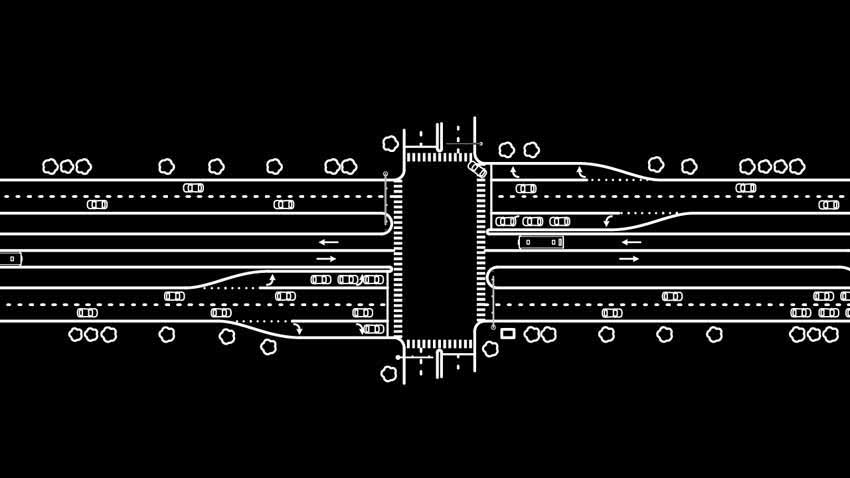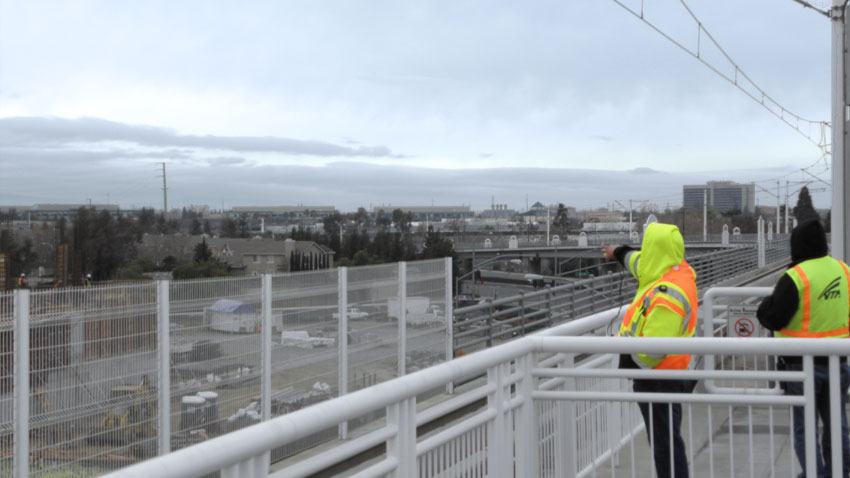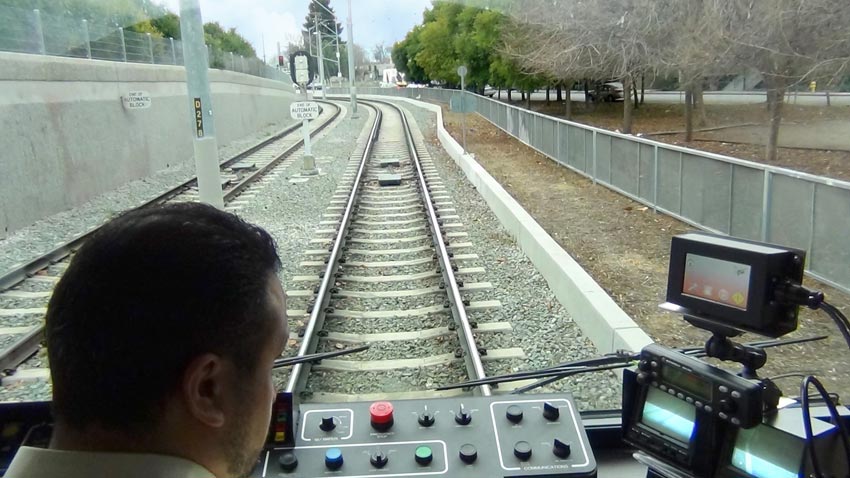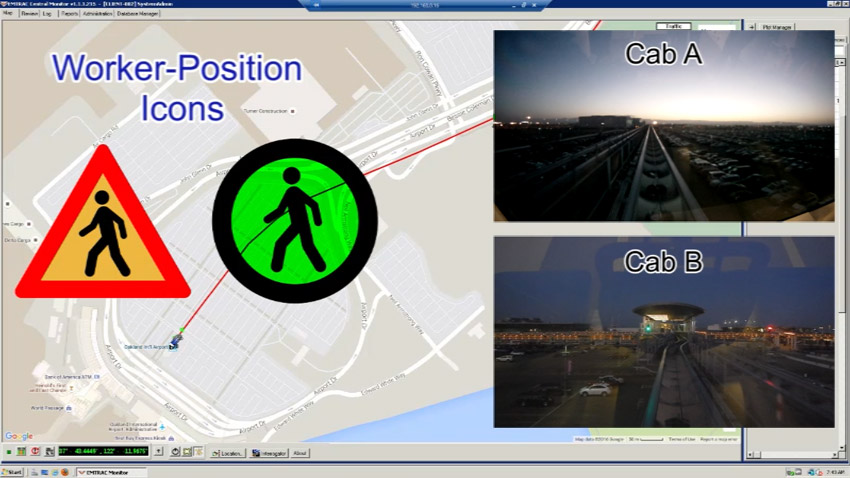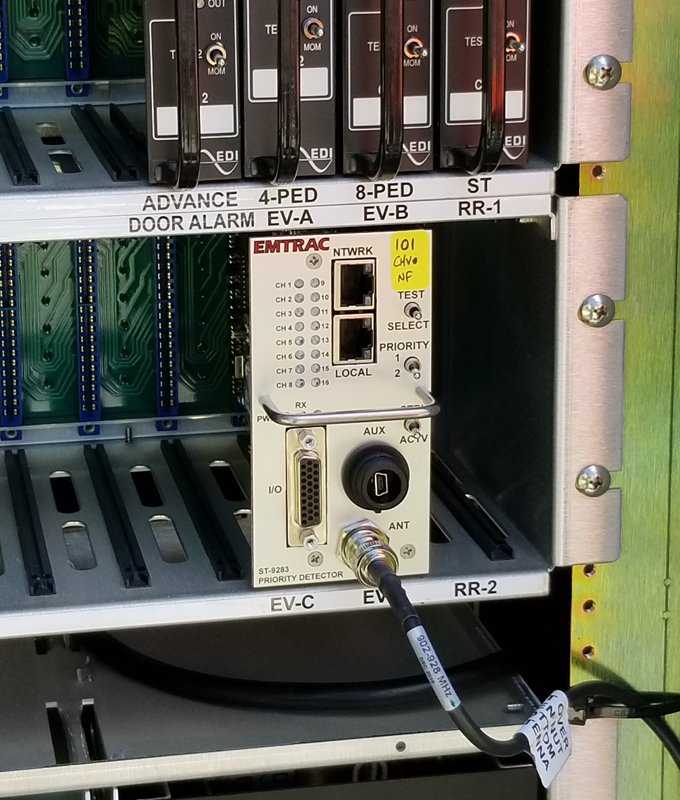
- Support for up to 16 inputs and outputs allows for detection of multiple phase types (such as traffic and pedestrian phases, signal-state confirmation, etc).
- Detailed event logging enables agency personnel to view system-specific logs or merged logs—allowing for easy evaluation and comparison.
- Dual-card Priority Detector plugs into the same card files as optical systems.
- Ethernet and USB ports on Priority Detector facilitate local and remote configuration, programming, firmware upgrades, and log retrieval.
- Priority Detector is compatible with NEMA, 170/2070, Caltrans, ITS, and custom cabinets.


